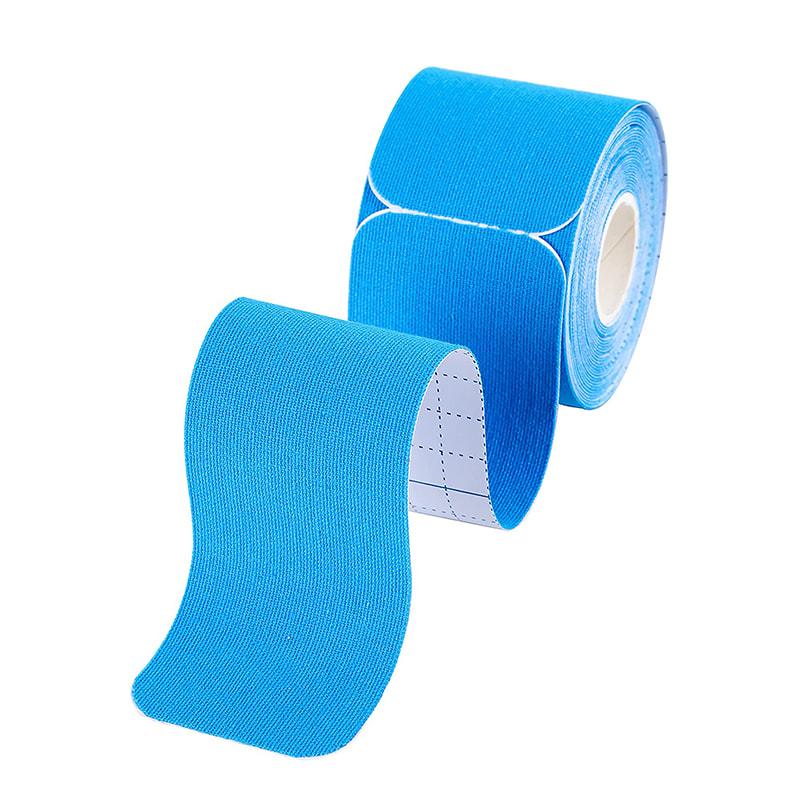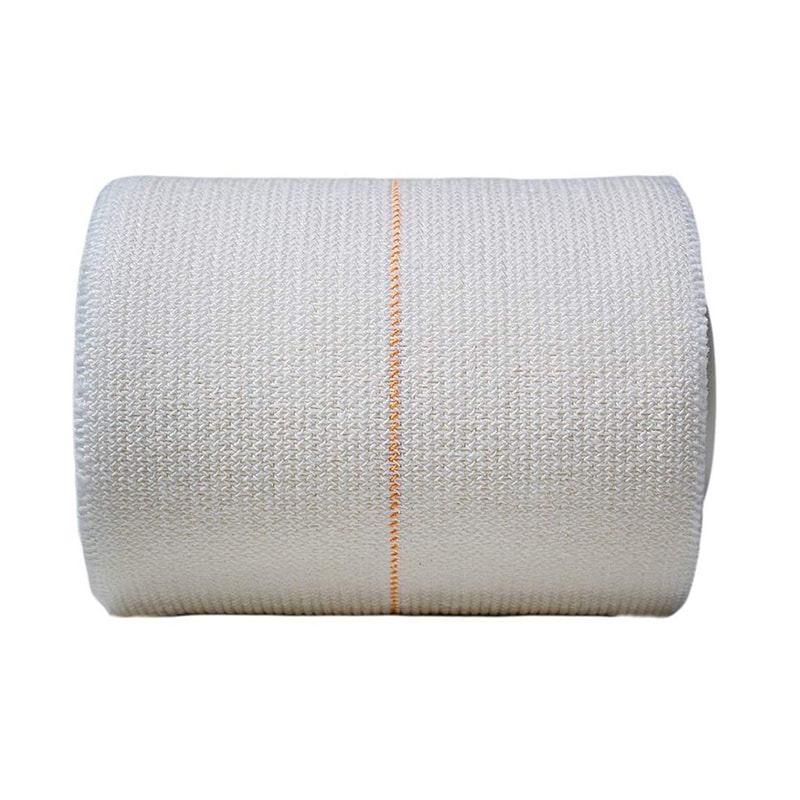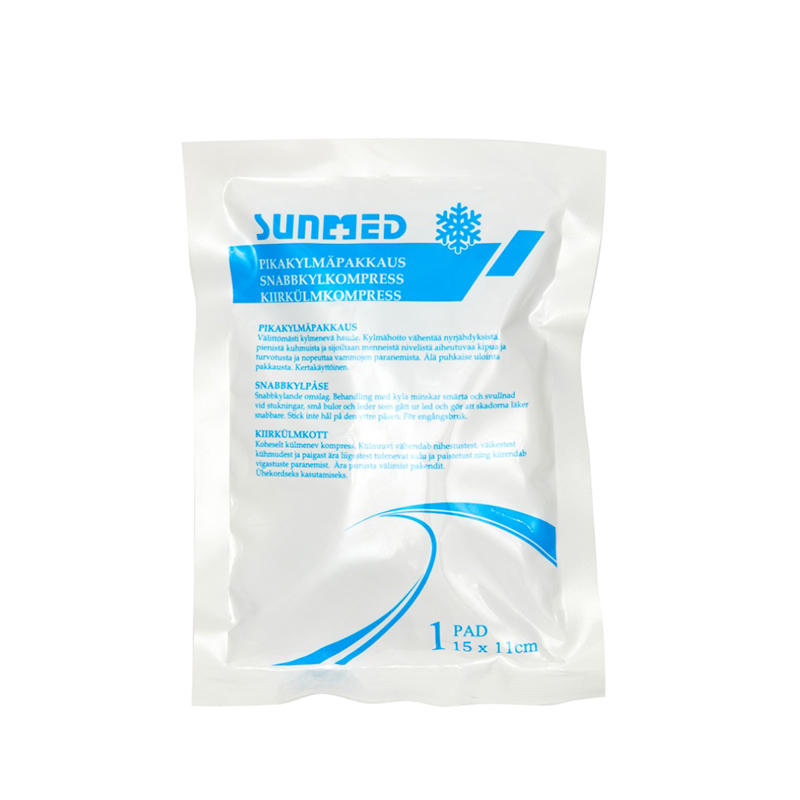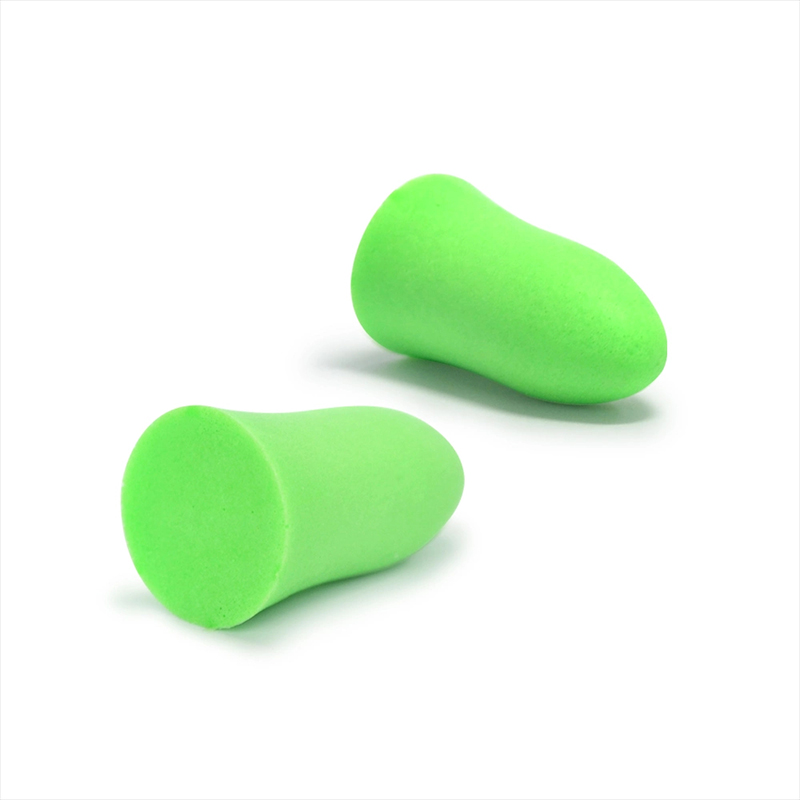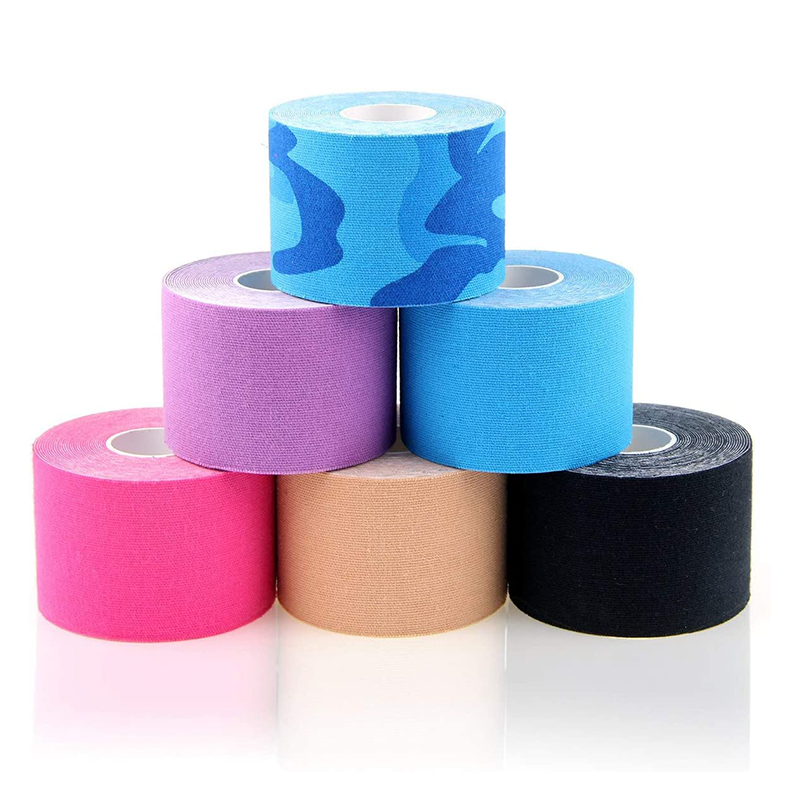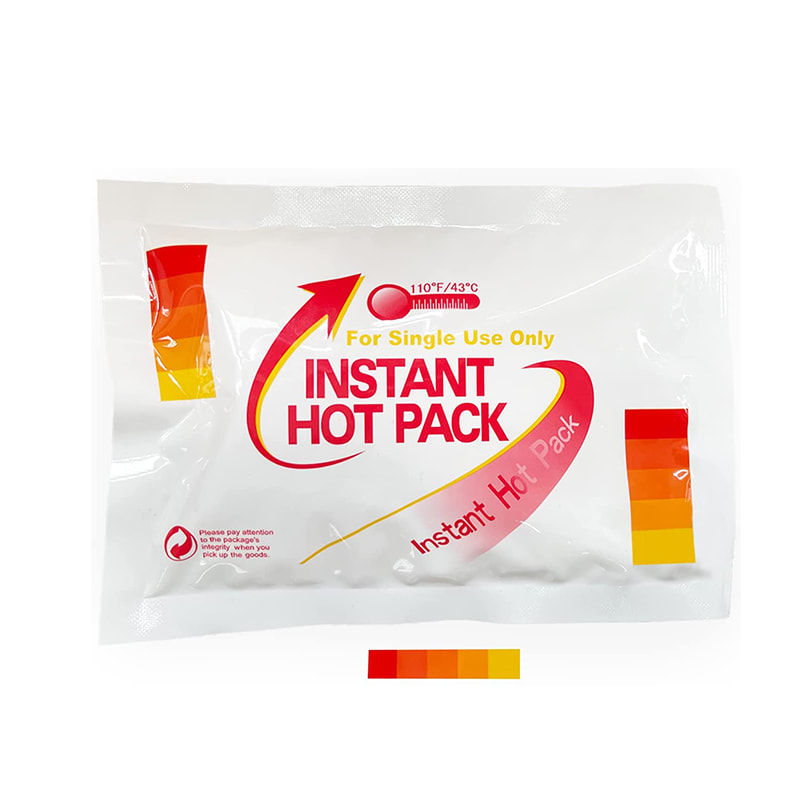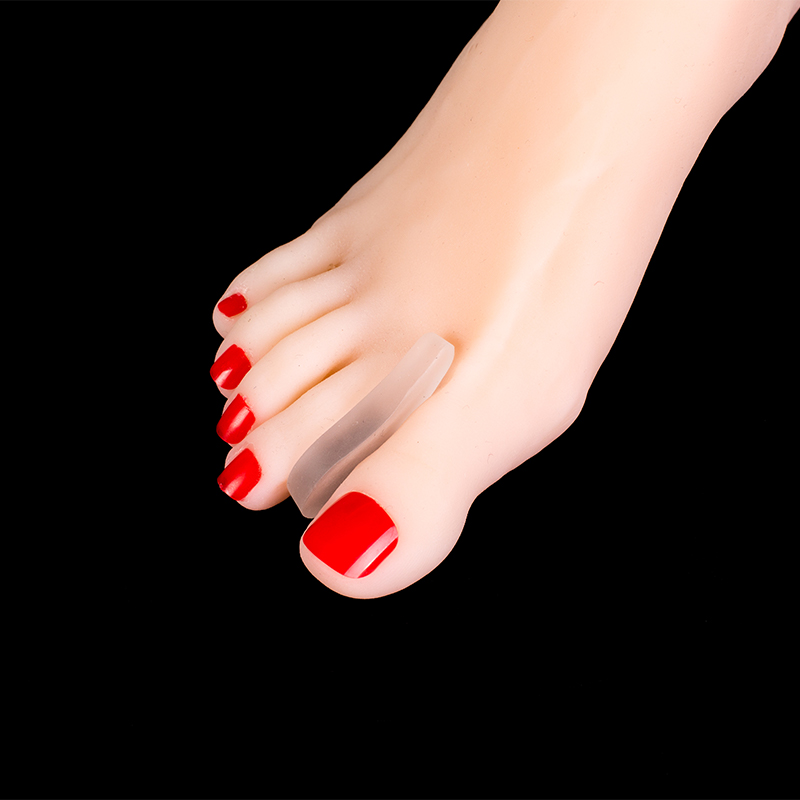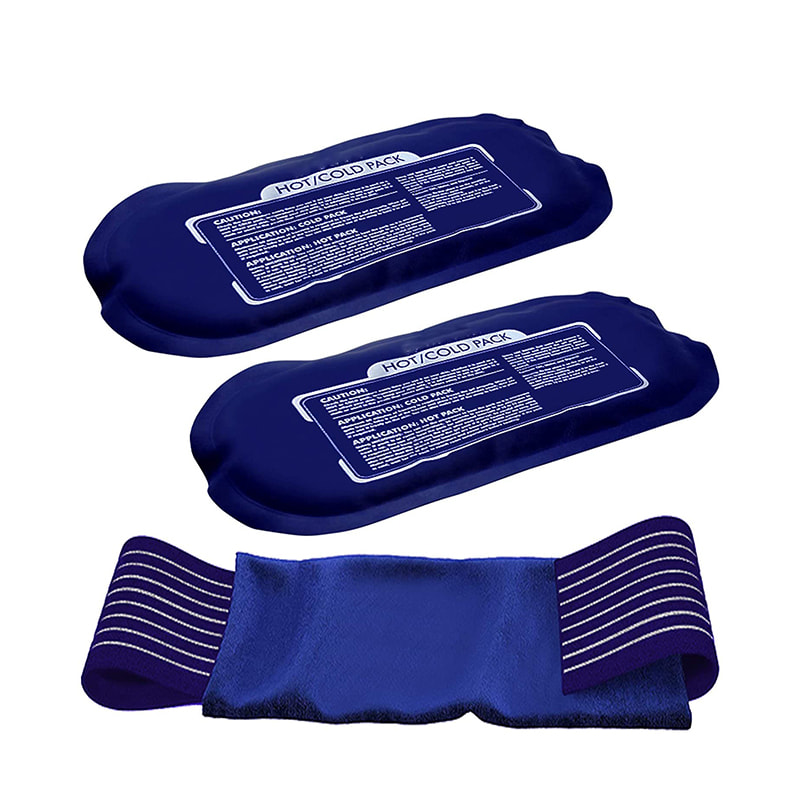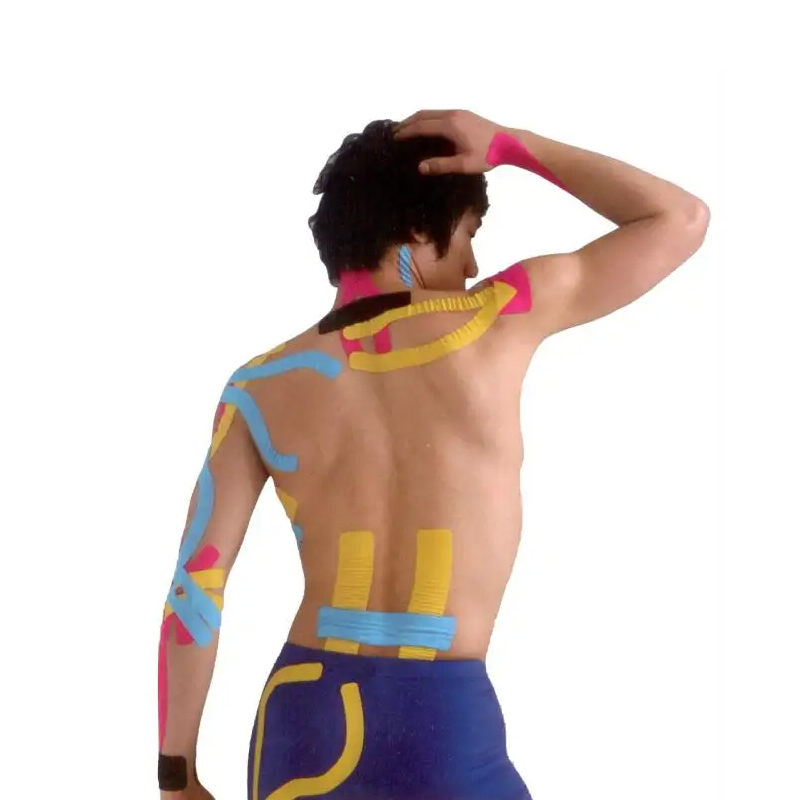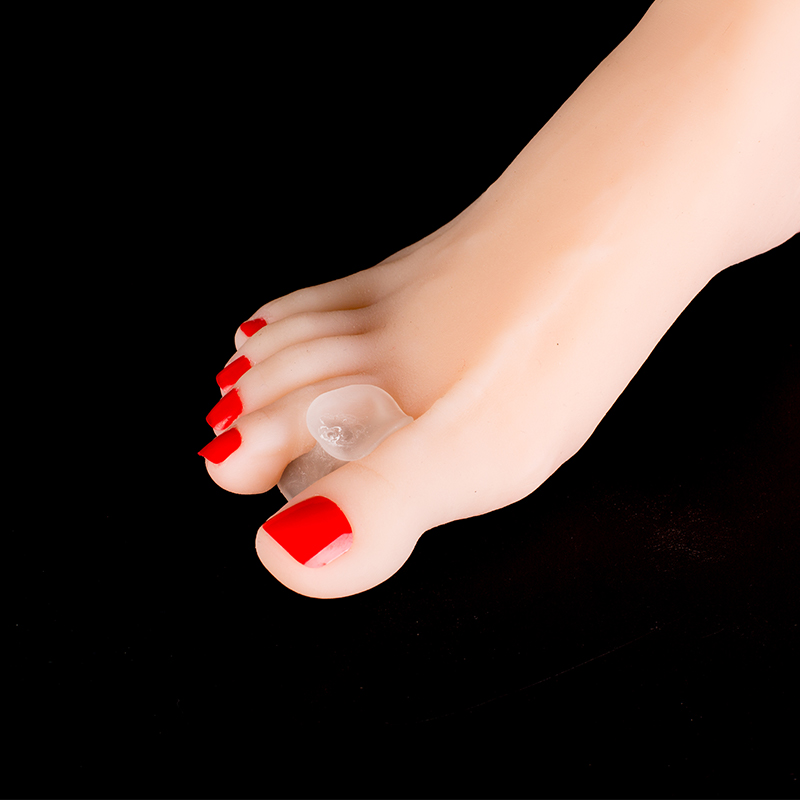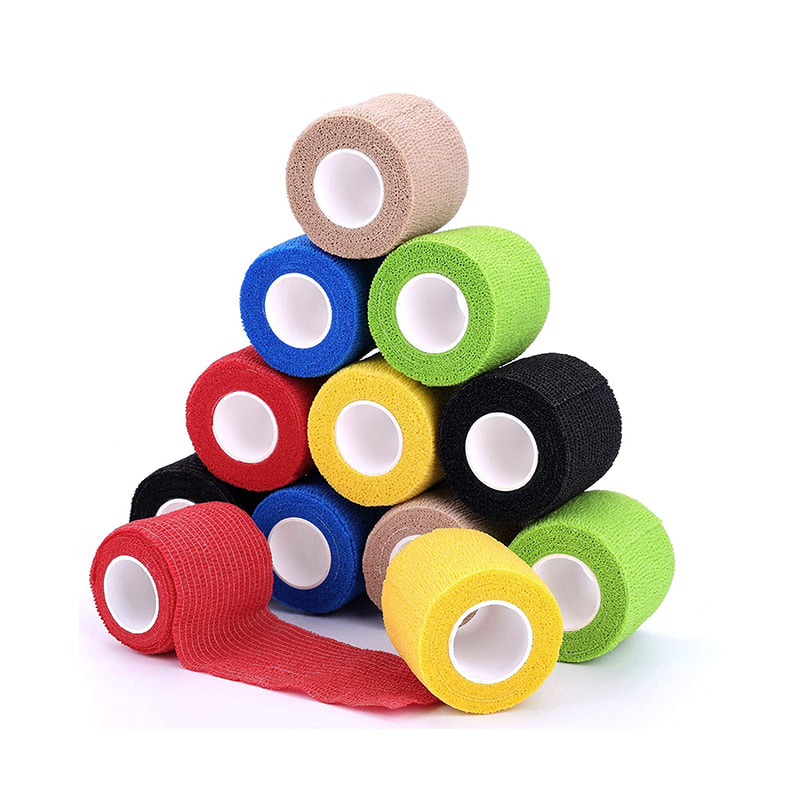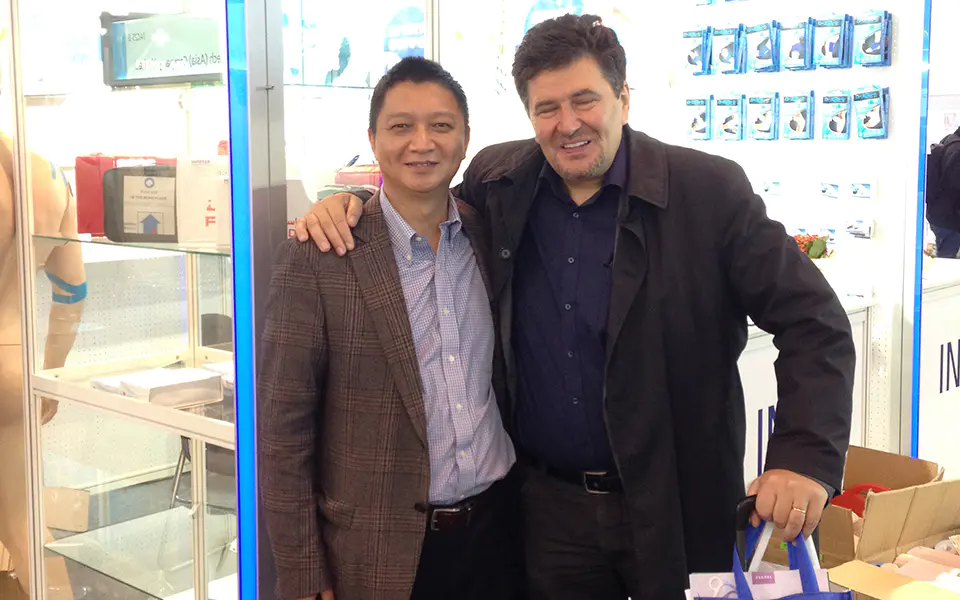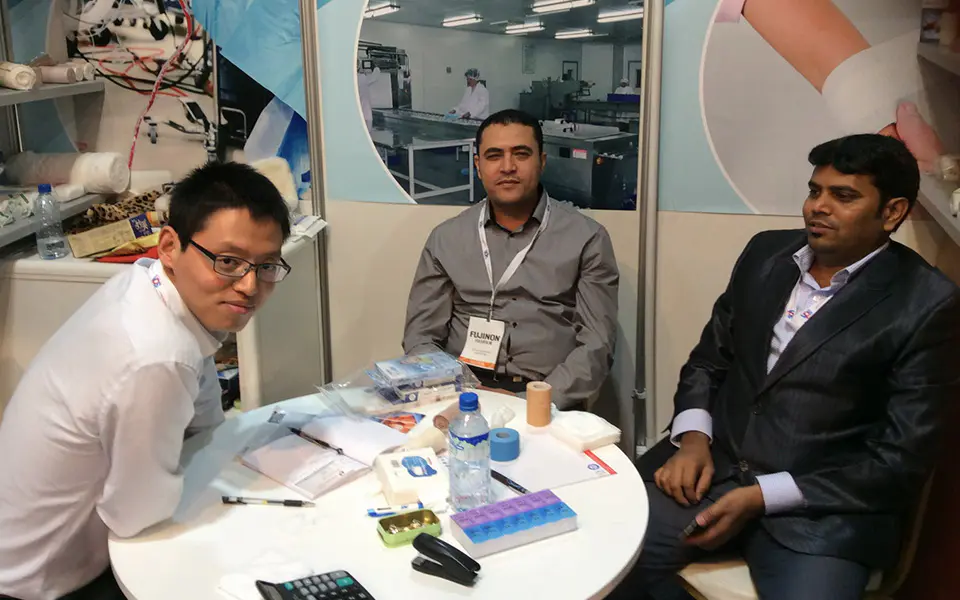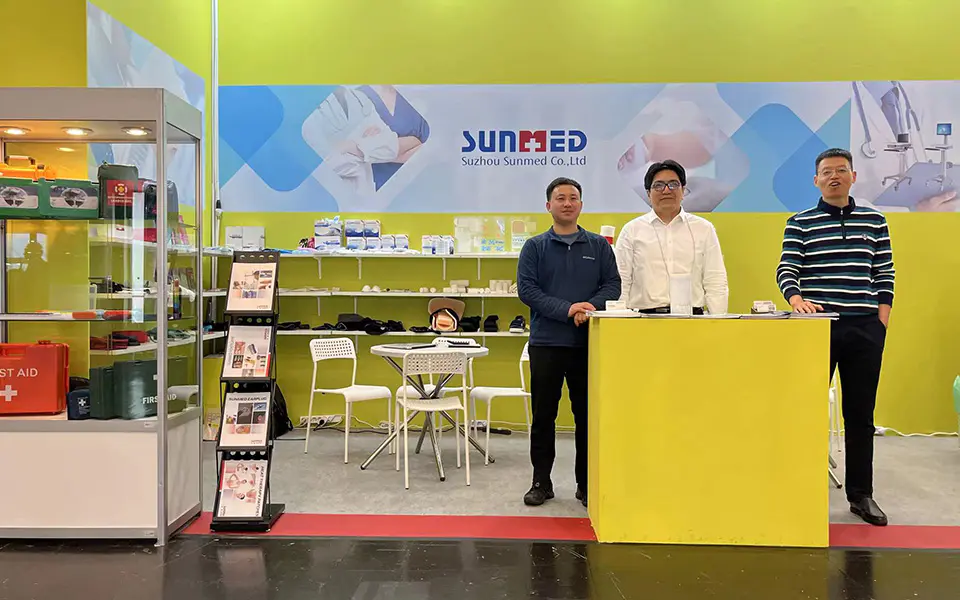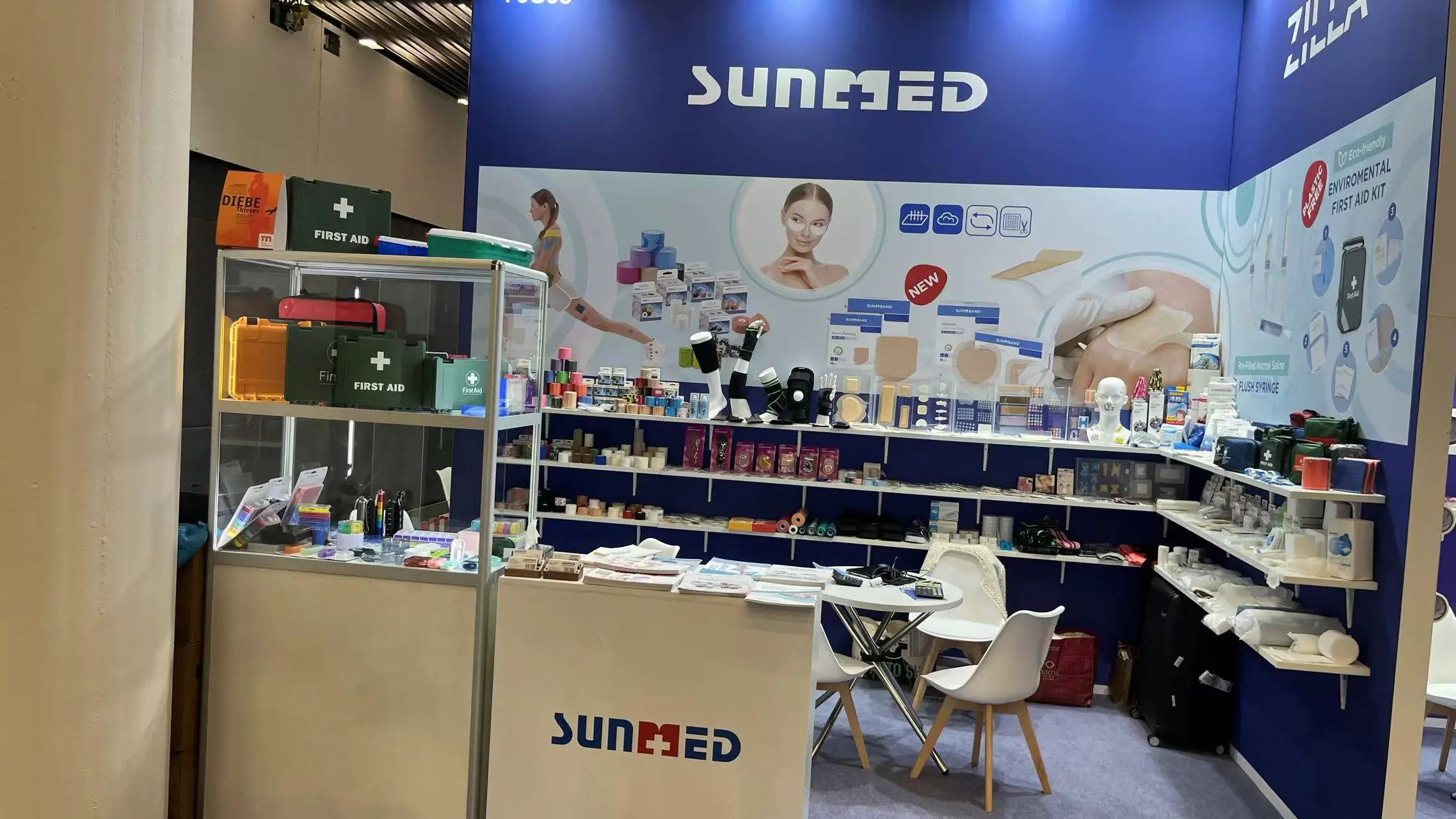In modern clinical practice, medical adhesive tapes play a crucial role in securing dressings, IV lines, catheters, and wound care materials. Among the many types available, Medical PE Tape (Polyethylene Tape) has emerged as a popular choice due to its combination of durability, flexibility, and comfort. But a question frequently raised by healthcare professionals and patients alike is: Is medical PE tape breathable and safe for long-term skin contact?
What Is Medical PE Tape?
Medical PE Tape is a type of surgical adhesive tape made from polyethylene film, a lightweight, semi-permeable plastic material. It is often used in hospitals, clinics, and home healthcare settings for:
Securing wound dressings and gauze
Fixing IV tubes, catheters, and electrodes
Holding splints or medical devices in place
Post-operative surgical care
The tape is typically coated with hypoallergenic pressure-sensitive adhesive on one side, and may come in various sizes, widths, and perforated forms for easy tearability.
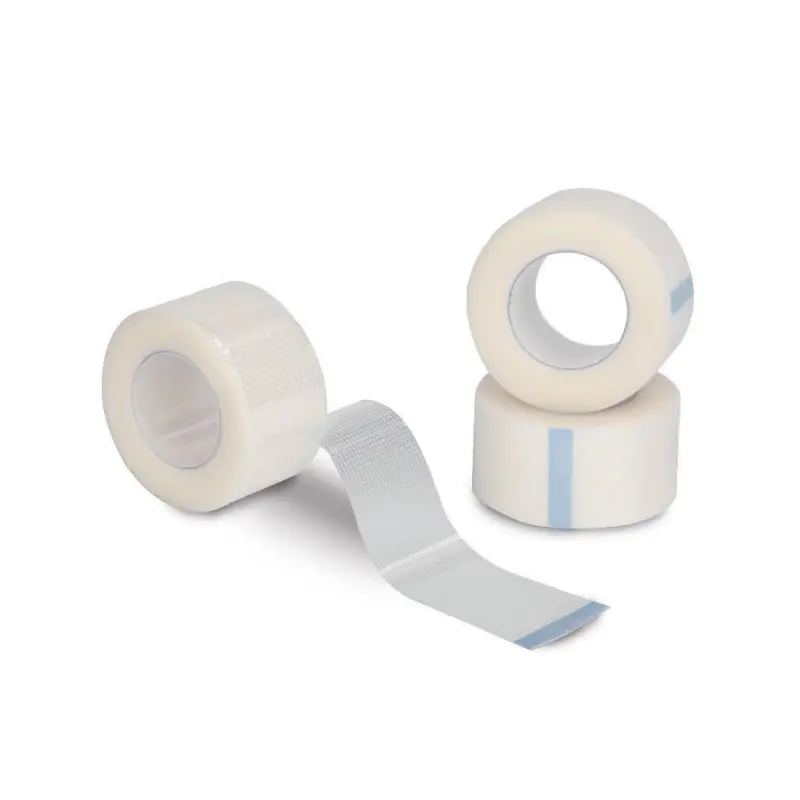
Is Medical PE Tape Breathable?
One of the most critical factors in determining the suitability of any adhesive tape for long-term skin contact is its breathability. While polyethylene film itself is non-porous, many medical-grade PE tapes are engineered with micro-perforations that allow moisture and air to pass through. This feature helps:
Prevent excessive moisture buildup under the tape
Reduce the risk of maceration and skin irritation
Improve comfort for extended wear, even on sweaty or oily skin
Some advanced variants of medical PE tape may also include grid-pattern perforations to balance adhesion strength with breathability, particularly useful in humid climates or on high-movement areas like elbows and knees.
Hypoallergenic and Skin-Friendly Adhesive
Medical PE tapes are designed with skin compatibility in mind, especially for patients with sensitive, aged, or pediatric skin. Most reputable PE tape products are:
Latex-free, reducing the risk of allergic reactions
Hypoallergenic, using medical-grade acrylic or synthetic rubber adhesives
Designed for painless removal, minimizing skin trauma even during frequent dressing changes
The adhesive strength is balanced: strong enough to hold dressings in place, yet gentle enough to prevent damage to the stratum corneum (outermost skin layer). This is crucial in long-term care settings where the same patient may require taping for several days or weeks.
Is It Safe for Long-Term Skin Contact?
Yes — when properly applied and selected based on skin type and application area, medical PE tape is generally safe for long-term skin contact. However, safety depends on a few key factors:
- Material Quality
Manufacturers that meet ISO 13485 or hold CE/FDA certifications ensure that their tapes meet international biocompatibility and sterility standards. These tapes undergo rigorous testing for:
Cytotoxicity
Sensitization
Irritation potential
- Application Method
Proper skin preparation is essential. The skin should be clean and dry to ensure effective adhesion and reduce skin stress. In patients with fragile skin, additional barrier films may be used underneath the tape.
- Regular Monitoring
Even the most skin-friendly tape may cause irritation or pressure ulcers if left in place too long, especially over bony areas. Clinicians are advised to rotate the application site and monitor for signs of redness, blistering, or itching.
Clinical Advantages of Medical PE Tape
Here are the top benefits of using PE tape in clinical and home care settings:
|
Feature
|
Advantage
|
|
Lightweight Material
|
Enhances patient comfort
|
|
Micro-Perforations
|
Improves breathability
|
|
Transparent Option Available
|
Allows visual inspection of the wound
|
|
Easy to Tear
|
Reduces application time
|
|
Waterproof (non-perforated type)
|
Suitable for short-term aquatic use
|
|
Cost-Effective
|
Ideal for large-volume hospital usage
|
Environmental and Usage Considerations
While PE is not biodegradable like paper or fabric-based tapes, many suppliers now offer eco-friendlier options by using recyclable backing materials or minimizing plastic use in packaging. For medical waste management, it's essential that used PE tapes are disposed of according to hospital protocols.
From a supply chain perspective, PE tape is also favored for its:
Long shelf life
Resistance to ambient moisture and temperature
Stable adhesive performance over time
PE Tape vs. Other Types: How Does It Compare?
|
Type
|
Breathability
|
Skin Sensitivity
|
Water Resistance
|
Cost
|
|
PE Tape
|
Moderate (with perforation)
|
High
|
High (non-perforated)
|
Low
|
|
Paper Tape
|
High
|
Very High
|
Low
|
Medium
|
|
Cloth Tape
|
Moderate
|
Medium
|
Medium
|
High
|
|
Silicone Tape
|
High
|
Very High
|
High
|
Very High
|
For short- to medium-term fixation requiring a combination of breathability and moisture resistance, PE tape offers a balanced, economical solution.
Conclusion: A Safe and Practical Choice
So, is medical PE tape breathable and safe for long-term skin contact? The answer is a confident yes, provided it is sourced from a reputable manufacturer and used appropriately. Thanks to its breathable micro-perforations, hypoallergenic adhesive, and cost-effectiveness, PE tape remains a widely trusted solution in healthcare settings around the globe.
Whether you're a clinician, caregiver, or medical device distributor, PE tape offers a versatile, skin-friendly, and clinically reliable option for a wide range of applications — from everyday wound care to surgical dressing fixation.

 English
English Español
Español русский
русский Français
Français Deutsch
Deutsch By Admin
By Admin
